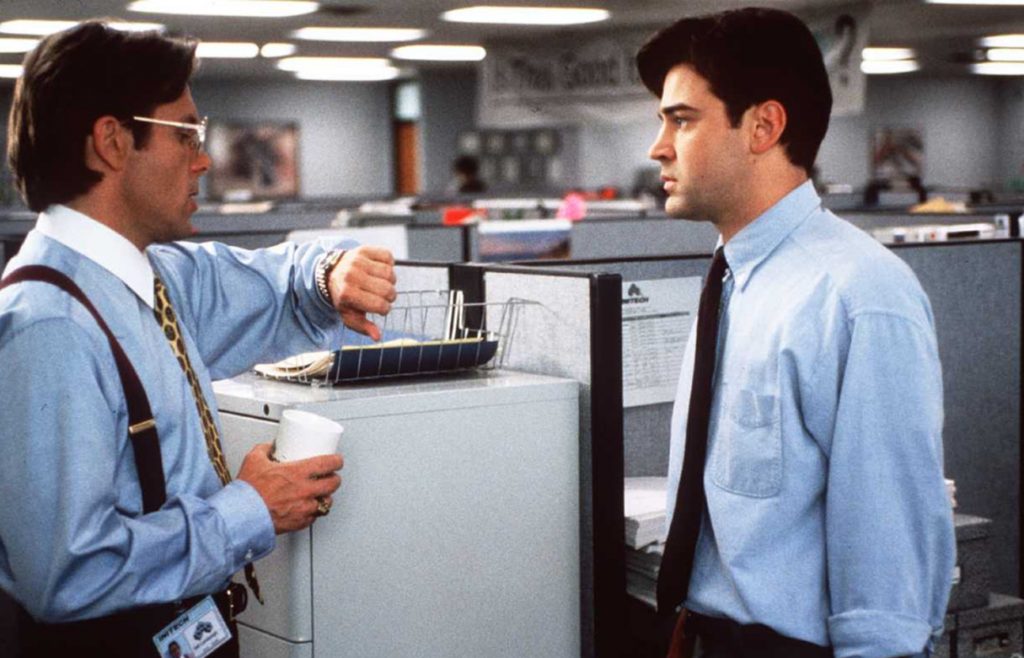In-Person Work Reaching Pre-Pandemic Levels?
The number of people who have returned to in-person work has nearly reached 50% in major metros like New York City, the highest percentage measured since March of 2020.
This article is more than 2 years old
Offices are beginning to look a lot more like they did prior to the onset of the pandemic. Coinciding with a fall in Covid-19 infections nationwide, many employers are bolstering their efforts to get their staff fully back to in-person work. The Wall Street Journal reported that the number of people who have returned to their pre-pandemic office commutes has reached its highest levels since March of 2020.
Bloomberg’s New York City offices are a good example of how office culture is shifting back toward in-person work. Prior to Labor Day, the company was already requiring its New York City employees to report to the office at least three days out of the week. However, following Labor Day, Bloomberg began to revoke more employees’ at-home permissions, a current employee, who chose to stay anonymous, highlighted. This could indicate that Bloomberg is about to ditch its current hybrid work model in favor of a totally in-person one.
Evidence that more employees are back to in-person work is reflected in measurable data, too. Kastle Systems, a company that tracks office swipe-in/out data in 10 metro areas in the US, found that between September 8-14 employees in those areas reported to the office nearly 48% of the time. Additionally, when looking at just Tuesday, Wednesday, and Thursday, individuals reported to the office approximately 55% of the time.
Furthermore, it’s not just employee swipe data that’s showing that more and more people are returning to in-person work. It’s also evident in the number of people utilizing mass transit. The number of commuters using the Long Island Railroad (LIRR) now looks similar to March 2020. The Wall Street Journal cited that more than 200,000 travelers rode the LIRR the week following Labor Day.
A decrease in Covid-19 infections is certainly contributing to many employers pushing harder for a return to in-person work. At Bloomberg in New York City, for instance, employees no longer even have to go for mandatory weekly Covid testing. However, an economy that is growing more unstable may also be fueling employers’ incentive to drive employees back to the office more forcefully than before.

All that said, even with a remarkable resurgence in the number of people reporting for in-person work, things are still quite far from what was considered “normal” pre-pandemic. Nikita Shimunov, who owns the First Class Barber Shop close to Grand Central Terminal in New York City, pointed out that even with the big return to office push his business has not fully rebounded. Shimunov said that he used to be busy about 20 days out of the month, whereas now he only sees heavy traffic for about 8 days.
As the fate of the economy grows increasingly uncertain, individuals might be more inclined to give into employer demands for fear of losing their jobs. This reversal of power could be the ultimate catalyst that will leave most people feeling they have no choice but to return to in-person work in some capacity.
Ultimately, whether this pattern of resuming in-person work will continue or not is something that remains to be determined. With winter approaching, Covid cases could begin to rise again which could prompt employers to revert to previous remote models. Also, while fear of job loss might work to drive some employees back to the office, employee pushback is something that employers will still have to navigate.



